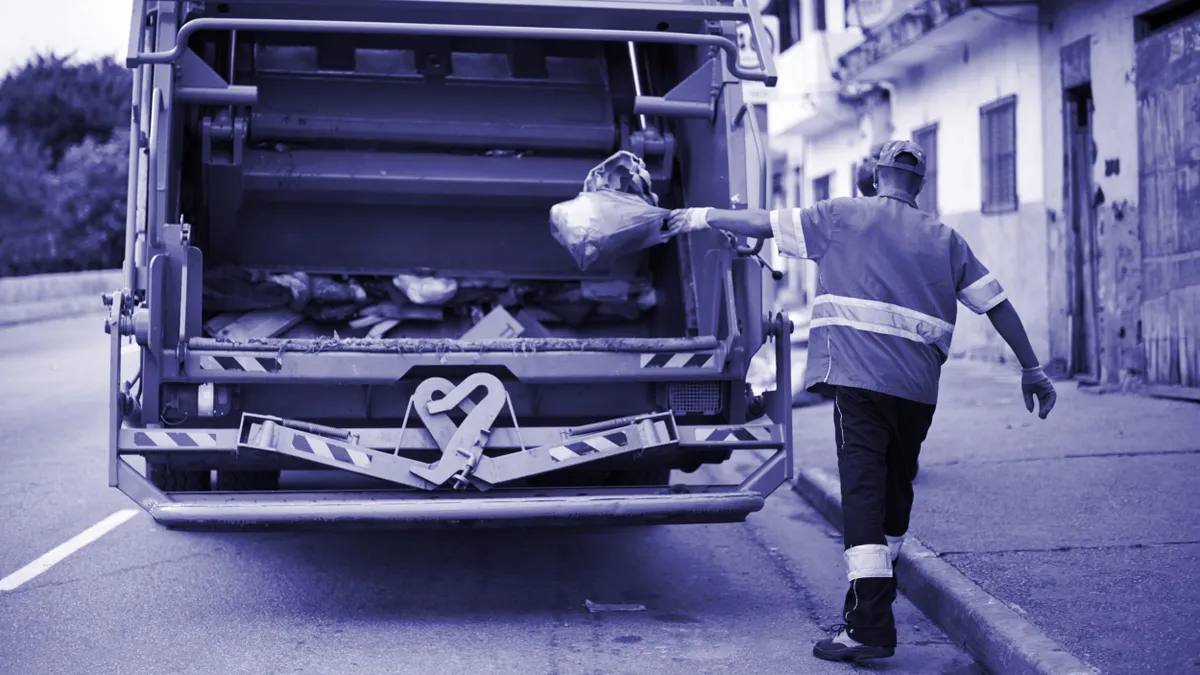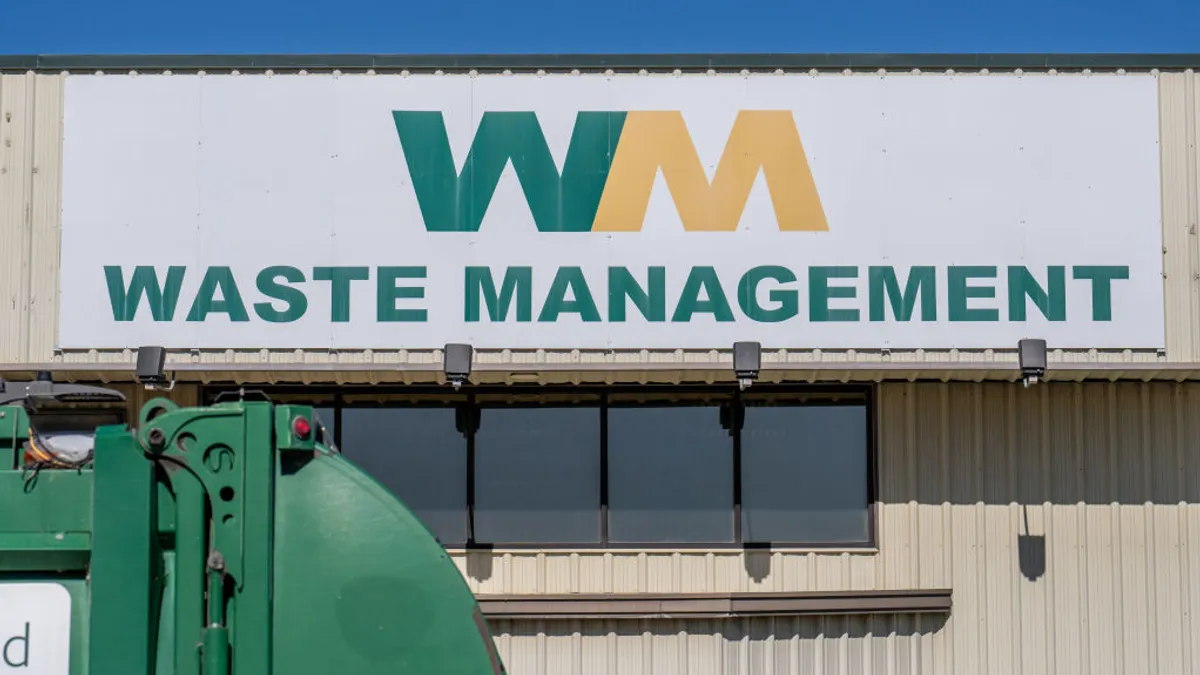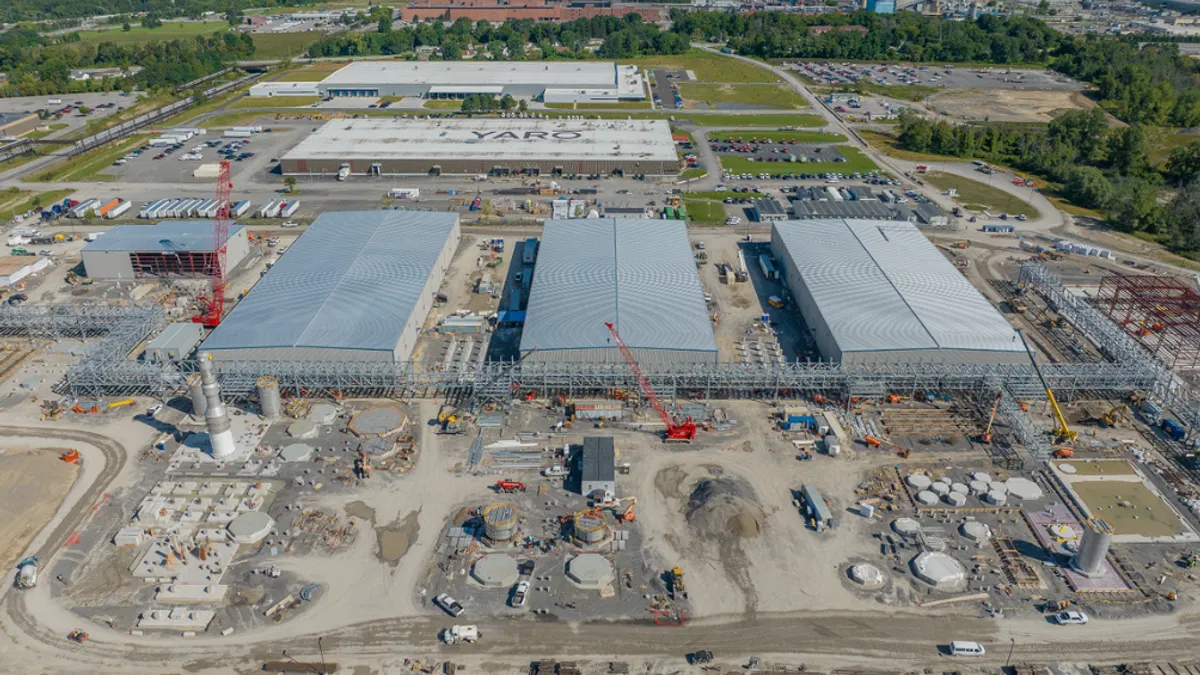City Haul is Waste Dive’s ongoing series examining the people and issues shaping municipal waste and recycling across the U.S. Have a tip or an angle about city-run operations that you think should be part of the conversation? Please reach out.
Changing tens or hundreds of thousands of residents’ waste and recycling collection days often comes with a few bumps in the road.
But sometimes embarking on a reroute or schedule change is necessary because of how population growth and development skews crews’ workloads, or collecting new materials means needing to drive to different transfer sites. Sometimes, municipalities see an opportunity to digitize routes to optimize labor or fuel efficiency, or minimize wear and tear to roads.
Phoenix, Dallas and Fort Worth, Texas, are among the cities that have seen reroutes in recent months. While reroutes often involve some upfront investment and months for all customers to fully adjust, municipal waste leaders hope that their recent undertakings will set them up for smoother updates in the future as their cities continue to grow.
Deciding to change
Prior to this past fall, Phoenix’s last route change process was more than a decade ago. During that time, more than 20,000 single-family residences were added, but not equally across regions of the city, which led to imbalances in waste and recycling collection workloads. One goal of the reroute was to better manage that growth without immediately needing to add more trucks and drivers.
“We wanted to make sure that for each of our drivers, it was as equitable a work day as possible,” said Phoenix Public Works Deputy Director Justeen Cook.
Working with the city’s planning and development agency, the department looked at route metrics including the number of homes to collect from, tons collected, anticipated development and distance to transfer sites. Basically “everything that’s involved in collection on a 10-hour day,” Cook described.
Taking those numbers, they split four equitable regions into five equitable days of collection: “which, again, didn’t equate to the same number of living units or the same number of tons, but really the same amount of work that needs to be done per day based on how far from the transfer station each of these days of collection would be,” Cook explained.
Sacramento, California, has also seen population shifts, but a 2021 reroute that affected some 60% of residential customers was largely spurred by a regulatory change. Over a decade prior, city crews had been on a 5-day, 8-hour collection schedule, and switched to a 4-day, 10-hour schedule. With its recent schedule change, it switched back to the 5-8 model.
One of the big motivations for the change was to prepare for California’s SB 1383 regulation, which requires organics collection. While the city has had weekly yard waste service, it was adding food waste collection across all residences. The city wanted to ensure that drivers could more efficiently reach processors before getting back on route, said Erin Treadwell, waste compliance manager with the city of Sacramento.
Some Fort Worth, Texas, residents saw schedule changes this past fall. Those adjustments came in light of challenges around the fact that the fastest-growing areas were in the north and northwest, and the landfill was in the southeast section of the city.
Code Compliance Director Brandon Bennett said the need was apparent years ago but was put off until the city was past the thick of the pandemic. The city, which contracts with WM, had also noticed that busy Tuesday routes were the day that was most likely to not be completed on time; after the reroute, Tuesdays no longer represented the biggest fail rate, Bennett said.
Communicating change
In Sacramento, the city debated about when it was best to alert the public to the shifting schedule. Ultimately, the city opted to start the communication a month or so out, rather than at four to six months when they didn’t yet have all the information.
“They want enough to know, ‘okay, next week I need to make a change,’” Treadwell said. The city also put its 311 group on alert in anticipation of lots of calls about missed pickups. The initial plan in place for mixed pickups entailed having additional staff and trucks ready to pick up on Saturdays and Sundays.
Similarly, in Phoenix, where changes started Oct. 3, the city allowed unlimited courtesy collections through the end of the year. Getting the attention of customers that aren’t on social media and even who were tough to reach by mail was a challenge, Cook said.
Fort Worth set certain parameters but left it to WM to figure out how best to handle the reroute. Additionally, when the city negotiated a contract with WM late last year, the company agreed to install technology on its trucks that could help capture pickup data. The city and the company also collaborated on a targeted messaging campaign, Bennett said. Some unexpected challenges with mailers were that they overlapped with election season, and also there were a portion of homes where the person living at the address differed from the person paying the account.
Effective communication with the public is critical, and so too with departments deciding to undergo this process and their crews. Decisions can be political, or leaders sometimes say that something’s always been done a certain way, said Josh Krumski, an associate professional at SCS Engineers. Sometimes departments aren’t willing to change collection days within a reroute process.
Brooke Aumann, a senior project professional at SCS Engineers, said concerns about it being an expensive process also come up. “With [geographic information system mapping] in general, there, the upfront cost is maybe a little higher. But the point is that it saves you time and effort and money on the back end,” Aumann said.
When a city does embark on the process, it’s important to be clear on what the ultimate goals are and what’s involved in the final product. Because data is the basis of a redesign, the data acquisition itself can take more than a year. And some municipalities still operate with paper maps, so a lot of data is not digitized. Aumann noted the importance of bridging the gap between solid waste and GIS professionals.
Krumski said that when working with a municipality on such a project sometimes they’ll do a survey of drivers, do ride-alongs, or even follow trucks with a stopwatch to collect data. Krumski, whose background is in the solid waste industry, highlighted the importance of messaging with crews, too. “We’re here because it’s not right for one truck to get done an hour before another truck,” he said.
Planning for the future
Particularly for cities that digitize route maps, future changes won’t require reinventing the wheel. Building on a base from a previous undertaking allows for a shorter, less expensive process. “If you expend a little bit of extra effort on the front end, these things can be added to the processes that are repeatable,” Aumann said.
Having recently gone through big changes, these cities hope that future adjustments could be more iterative and possibly more frequent.
Cook said that, in Phoenix, they wanted to stress to their executive teams that doing a citywide reroute every 10 to 13 years is a lengthy and labor-intensive undertaking. “It was a lot of information that had to be gathered in order to make a good, sound decision based off of data that was available,” Cook said.
Presently, they use paper drivers’ logs and sign-in/sign-out sheets. To chart a different path forward, Phoenix has taken steps to add technology from Samsara and Rubicon. In adding technology and digitizing data, “it makes going through this process a lot faster, and also it allows us to look at it in a more timely manner.” The city envisions smaller internal changes in the future. And if shifts in staff resources and collection days do need to happen, “I'm able to do that and only impact say 10,000 customers rather than 418,000 customers,” Cook said.
Treadwell also said the future process will look more iterative in Sacramento. The city has tried to look at growth five to eight years out. It would be “an internal endeavor, iterative process rather than what the public would really have to be informed about because they're changing something on them.”
Fort Worth believes the process will improve in the future. Given the pace of growth in the area and the construction and congestion it brings, Bennett believes another round of changes may be possible three to five years down the road. “It gets better every time because data collection gets better every time,” he said.



















